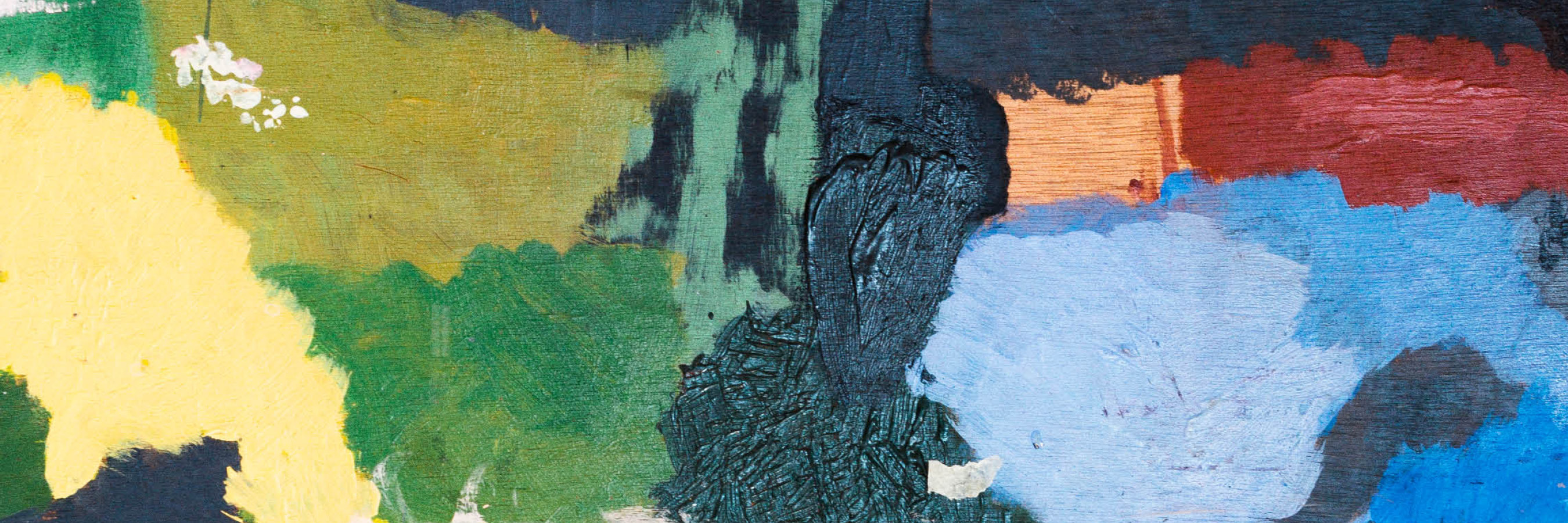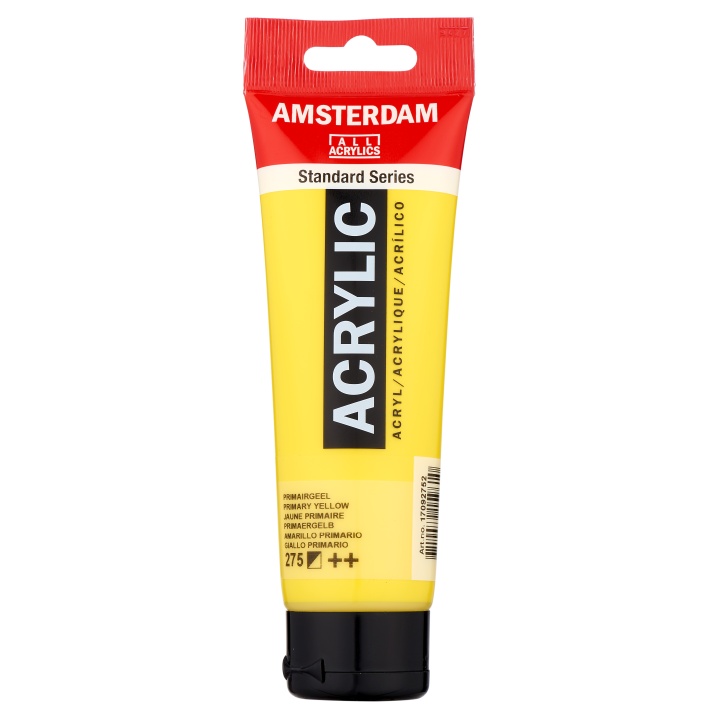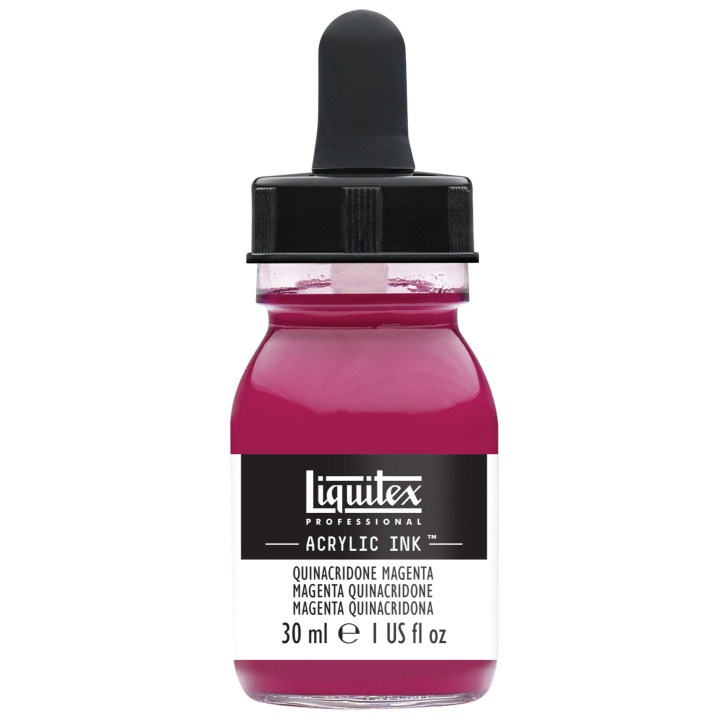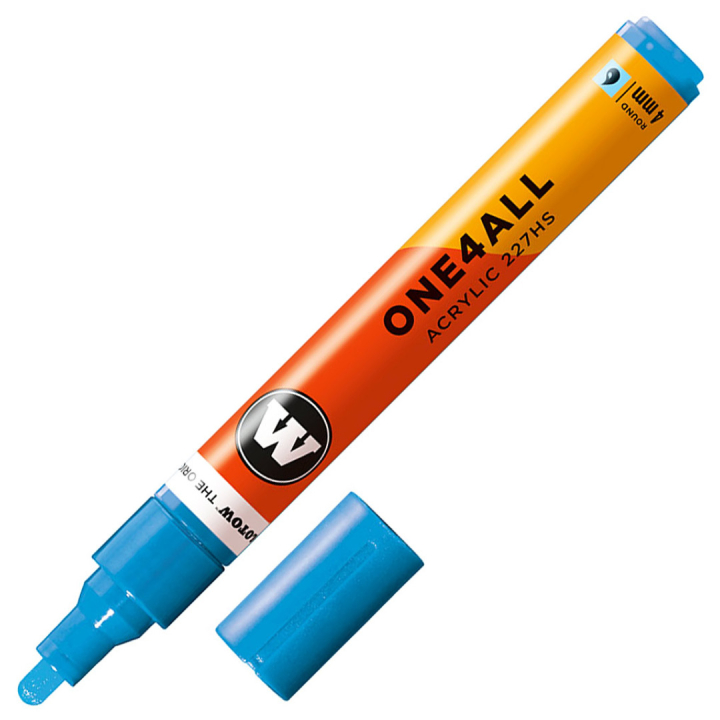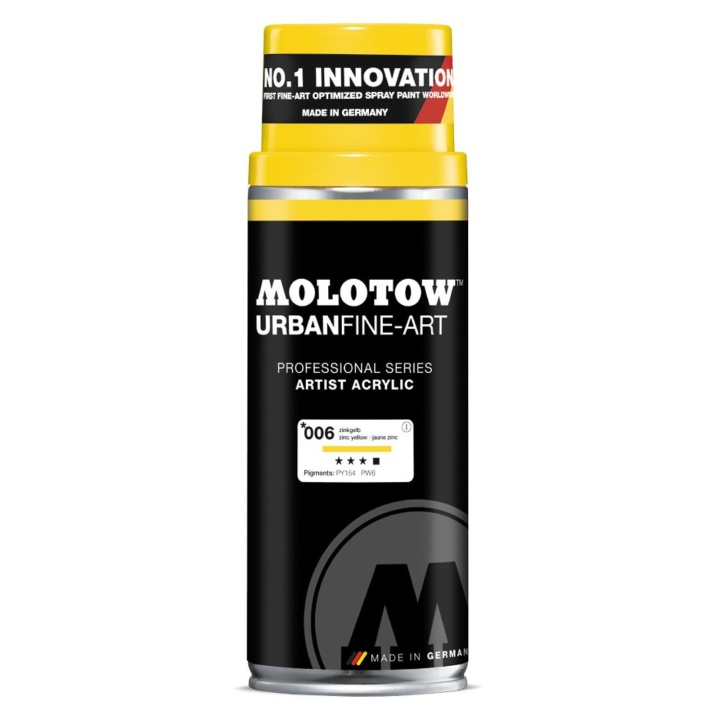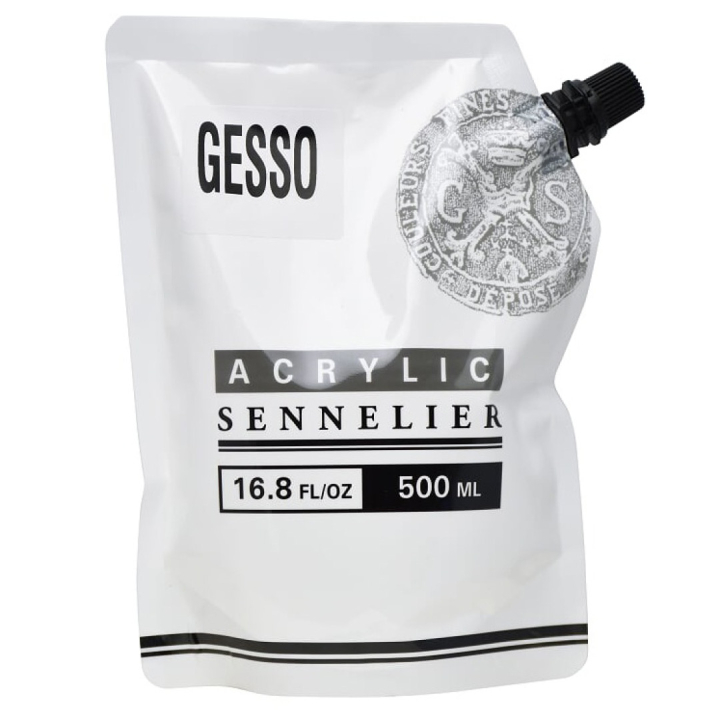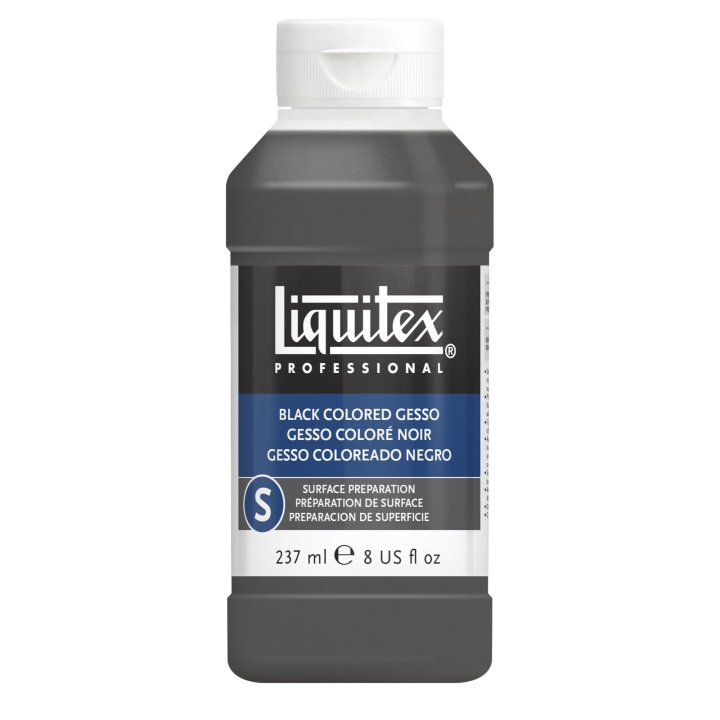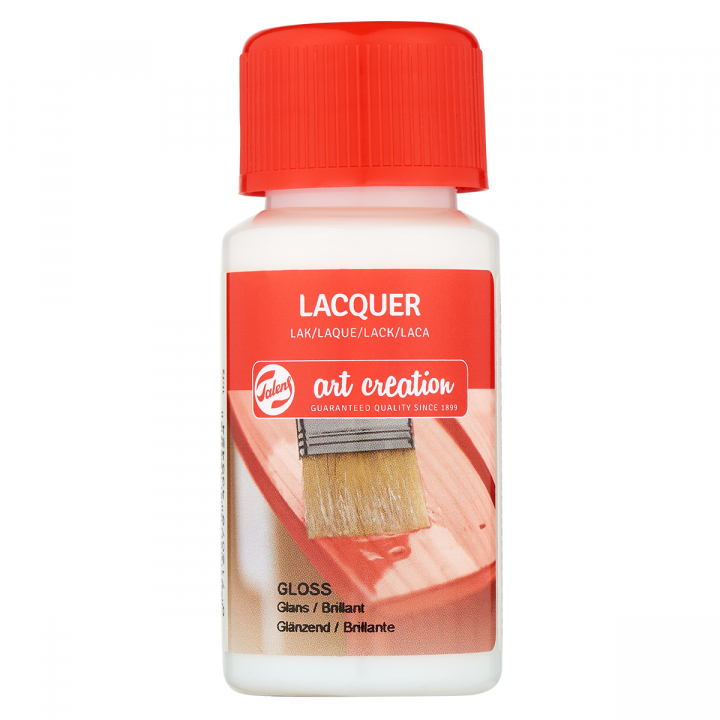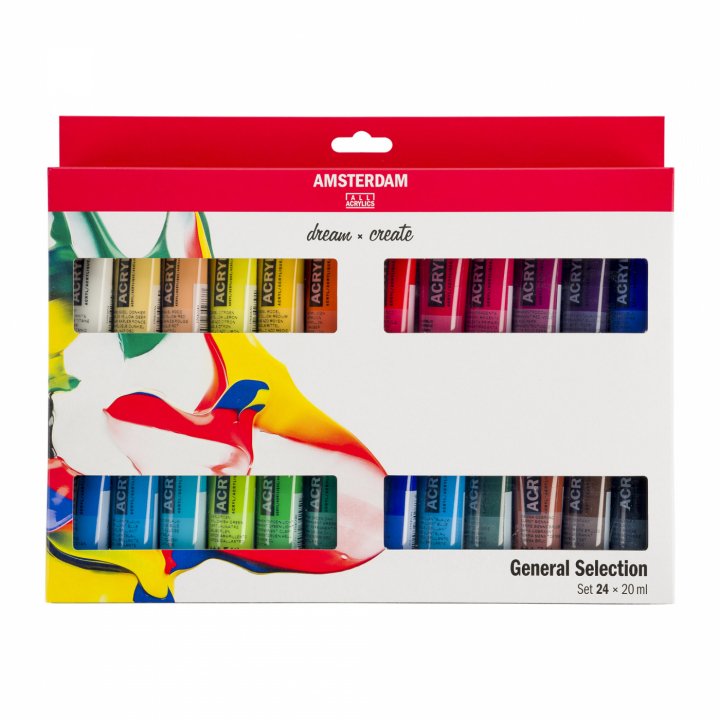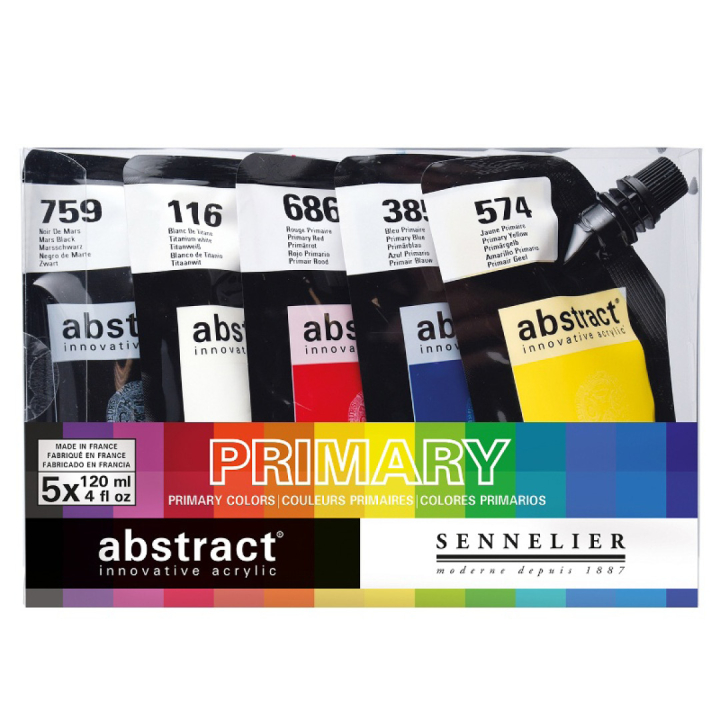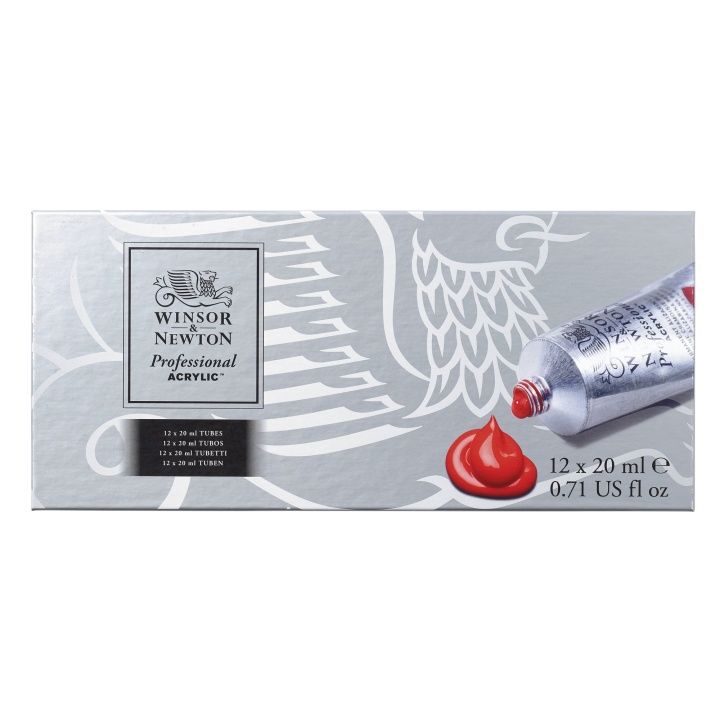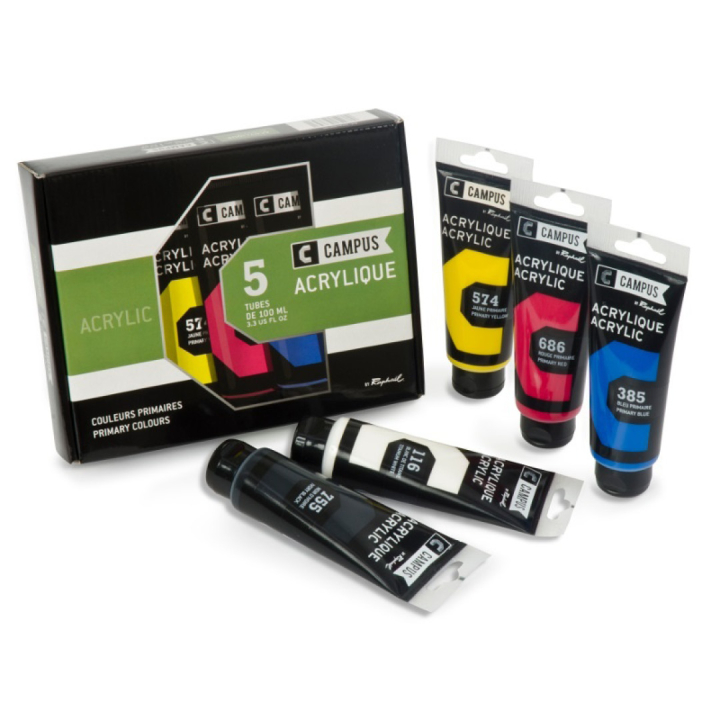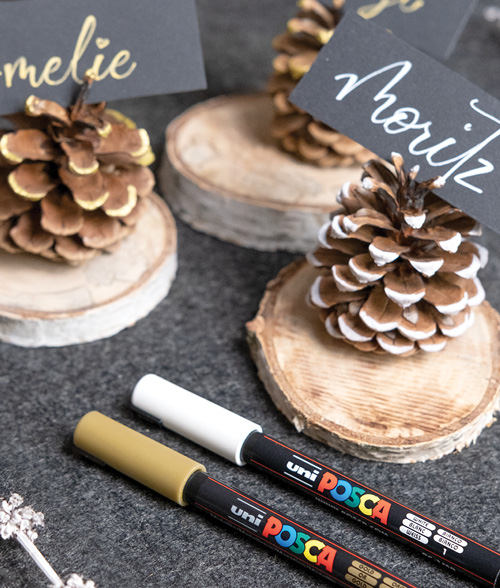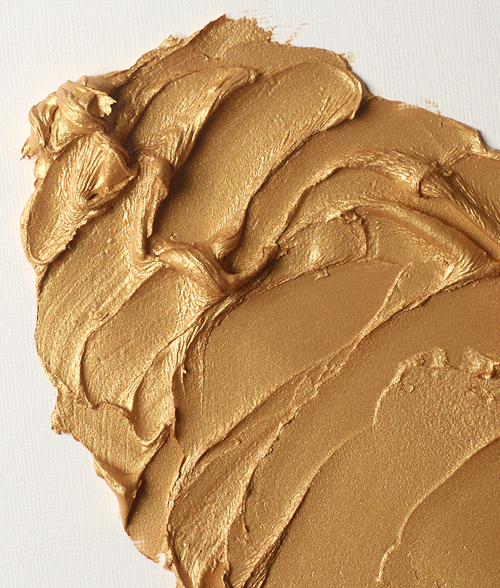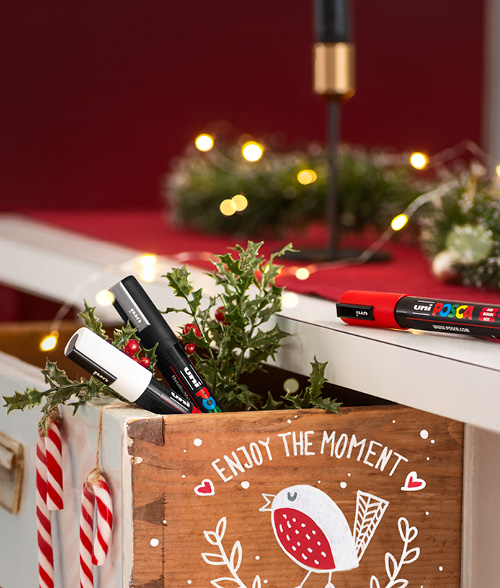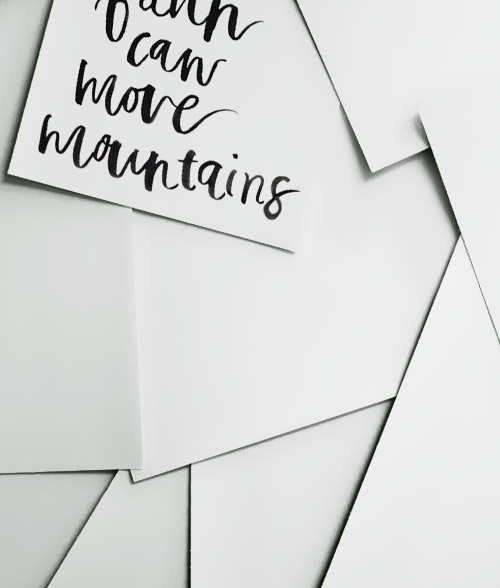If you’re curious about acrylic paint, you should really try it out!
The best part about it is that there are so many different kinds and that it’s suitable for many different creative projects. Maybe it’s the most versatile paint in the art universe? There’s no prior knowledge needed to start painting with acrylics, but we have gathered some information in this guide to help you on the way.
IS ACRYLIC PAINT SOMETHING FOR ME?
Most likely, yes! You don’t need to be a professional to start using acrylic paint, but there are also professionals using it. In short, it’s suitable for both beginners and experienced artists, kids and adults. Acrylic paint exists in many different shapes: in bottles or tubes, as spray paint, as markers and as bottled ink. It can be used in many creative ways.
How does it behave?
Acrylic paint has many good qualities: it’s odorless, fast-drying, opaque, and water-soluble. If you make a mistake it’s not a big deal, you can just wipe away the paint or wait for the paint to dry. If you’re dissatisfied with a painting you can paint over the whole piece – when the paint is dry it doesn’t absorb the new paint. The paint is highly visible on both dark and light surfaces. If you want to make it more transparent you can just mix the paint with water.
On what surfaces can I use it?
As long as they are clean and not oily, acrylic paint attaches to most surfaces. You can paint on for example fabric, glass, wood, plastic, stone, and on walls. The only thing that you need to know is that some materials require priming (with gesso or primer) or a protective coat of lacquer or varnish for it to attach properly. Porous materials such as wood and cardboard often need to be primed with a gesso or primer. Plastic needs to be sandpapered before applying paint, and materials such as glass or stone should be lacquered after the paint is dry.
What do I need except paint?
If you use paint in a tube or in a bottle you need two things: a brush and a surface. The brush you use needs to have synthetic bristles or pig bristles – these brushes can hold the thick paint. The bristles on watercolour brushes are too soft. Other accessories that can be used to apply paint are rollers, sponges, and painting knives. You can also invest in a palette or an easel, which makes it easier to paint.
The most common surface is canvas or paper. If you’re using a canvas it’s good to prime the surface with gesso or primer first, then you get a smooth surface that is a bit absorbent. When finished with your piece and when the paint is dry, you can also apply a varnish that helps protect the piece from dirt and prevents the colours from fading. If you would rather use paper there are paper pads especially adapted for acrylic paint that you can use. A mixed media pad also works fine.
For what can I use the different kinds?
Let us forget about the classic paint in bottles or tubes, and focus on the other kinds that we mentioned in the beginning: spray paint, acrylic markers and acrylic ink. If you want to make a large-scale painting the acrylic spray paint is perfect. It’s also usable if you want the paint on an object to be as smooth and even as possible, and to avoid brush marks in the paint.
For details and even lines the acrylic marker is easy to work with. You can create drawings with it or use it for details on top of paintings. Acrylic ink has a fluid consistency and is best suited for use on paper. You can use the ink with a brush or just drip it on paper to create striking, abstract pieces.
What’s the difference between expensive and cheap paint?
The biggest difference between those two is the pigments and consistency. Like many other things, high quality costs more. Paint that contains high quality pigments becomes more intense in colour and is more resistant to light (it can be exposed to light without fading). The consistency of high quality paint is often more firm, and cheaper paint is more liquidy. If you’re a beginner our advice is to start out with cheaper paint. Then you will feel more free to experiment and can get to know the paint without feeling stressed about the price.
So don’t be afraid to test out acrylic paint. The only things you need in the beginning are a couple of colours (maybe a set), a brush, a paper or a canvas – then you’re good to go!
 International (EUR)
International (EUR)